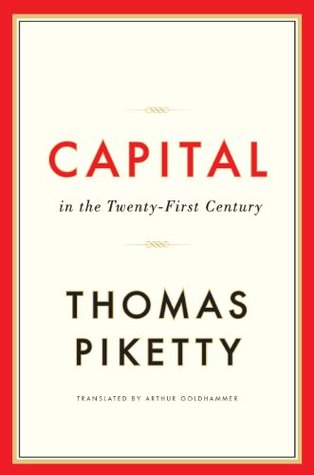First, throughout this book, when I speak of “capital” without further qualification, I always exclude what economists often call (unfortunately, to my mind) “human capital,” which consists of an individual’s labor power, skills, training, and abilities. In this book, capital is defined as the sum total of nonhuman assets that can be owned and exchanged on some market. Capital includes all forms of real property (including residential real estate) as well as financial and professional capital (plants, infrastructure, machinery, patents, and so on) used by firms and government agencies.
Welcome back. Just a moment while we sign you in to your Goodreads account.


